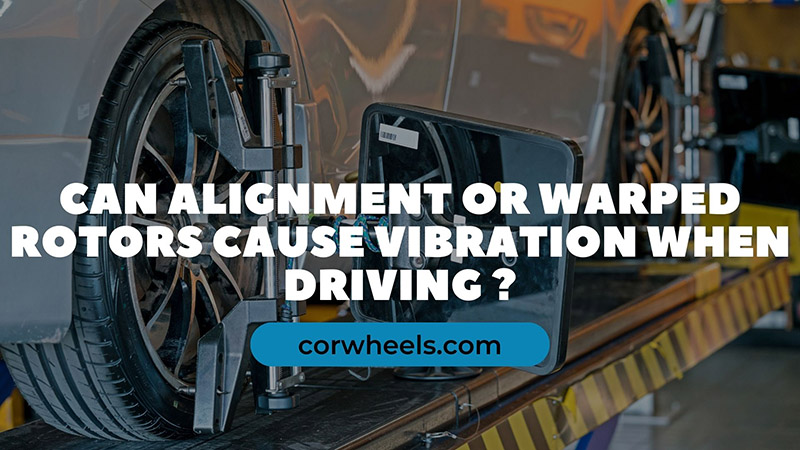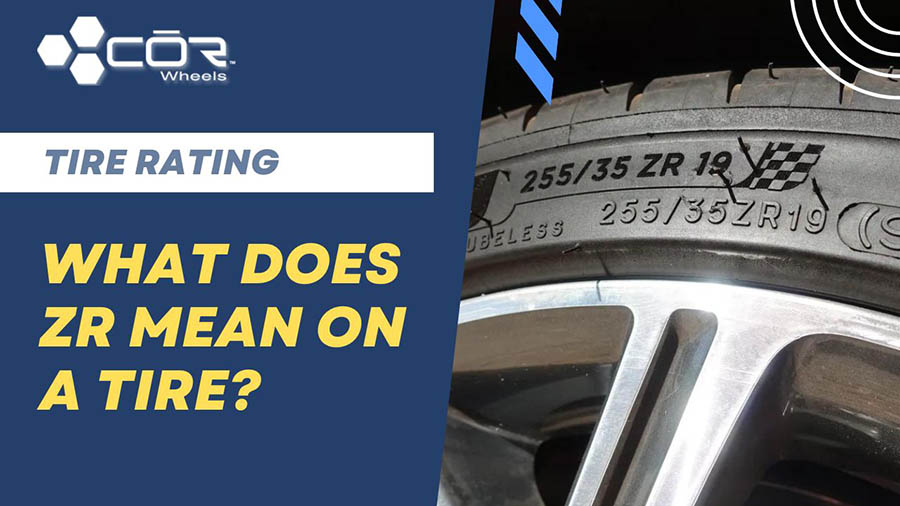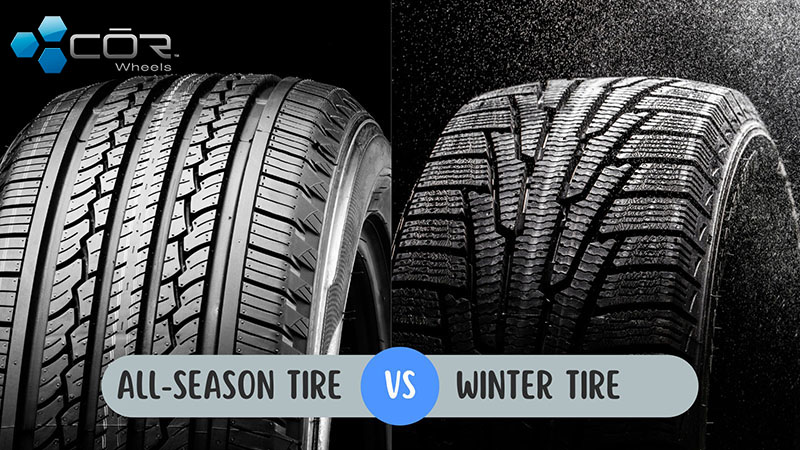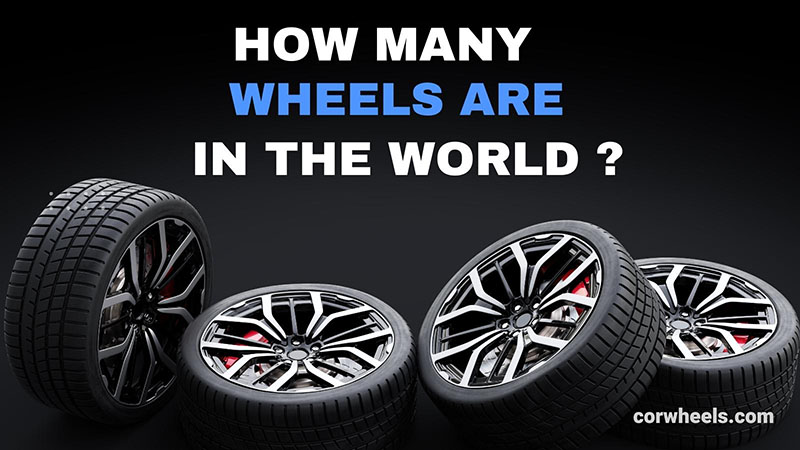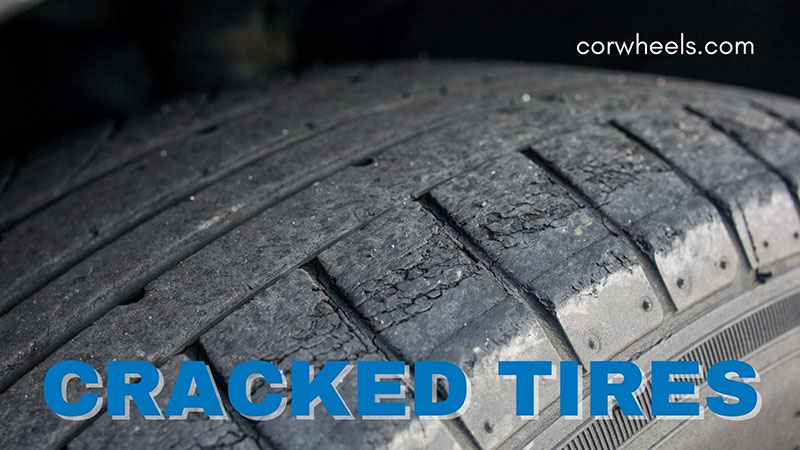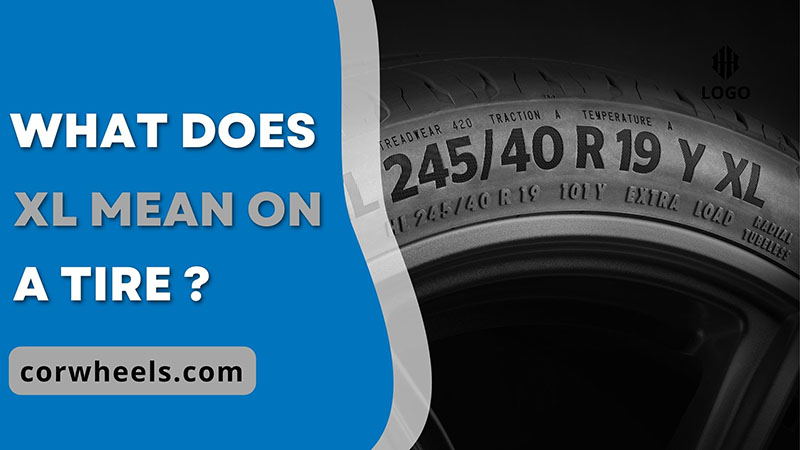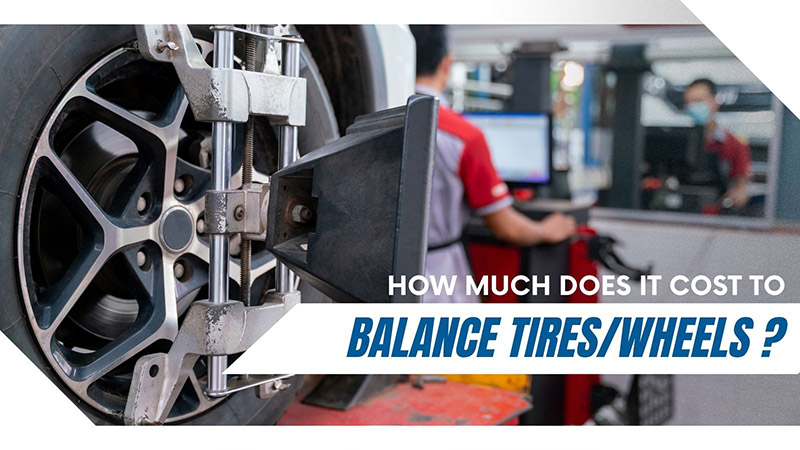Can alignment or warped rotors cause vibration at high speed or acceleration? This mystery has plagued even seasoned drivers for years, and it’s time to dive further for the answers.
In this article:
Can Alignment/Warped Rotors Cause Heavy Vibration?
The answer is yes; warped brake rotors or misaligned wheels can cause violent vibration in your braking system.
But how so? For wheels that are not correctly aligned, the performance consistency of other compartments (brake pads or drive axles, for instance) is also heavily affected, causing the pads to make rough/uneven contact with the ground.
No wonder my Honda always shakes – especially in the brake pedal and steering wheel – causing me immense driving troubles.
The same could also be said about one of my warped-rotor accidents; these rotors develop low and high spots on their surfaces, pulsating the pedals and wheels, especially during acceleration. That’s where those horrible quakings come from.
Failure to dig deep into the root of the problem only worsens the situation, so it’s a must to detect them as soon as they rear their ugly heads. The next section will tell you how.
What Else Causes Vibration While Driving?
You have checked your rotor and wheel yet found no wraps or misalignment? Other factors may also play a part in those earth-shaking vibrations. They are:
Uneven/Bent Driveshaft or Axles
Axles and driveshafts are among the most durable car parts, but that never means they are always invincible.
My careless driving (colliding into objects, ditches, overspeed bumps, etc.) has given them more damage than expected, jostling the car during the rest of my drive.
Tire/Wheel Troubles
Misalignment is just one of several common tire troubles your car might encounter – as mine did. Some examples are:
Tire Imbalance: Does your car only vibrate at a certain speed – not all the time? Then imbalance issues are the culprit – which is easy to kill off, too: simply ask experts to add some weights to the tires to make them even.
Off-round Tires: No tires can stay perfectly circular forever – and that’s where the vibration and bumping start. Thankfully, my manufacturer does cover this problem in its warranties, and there’s a huge chance that yours does, too.
Improper Inflation: Both under and over-inflated tires give the car an alarming tendency to rattle and drift due to the lack of equal road contact. To keep it at bay, I use a home gauge to monitor the inflation state – and pump the tires according to the manual’s recommended PSI.
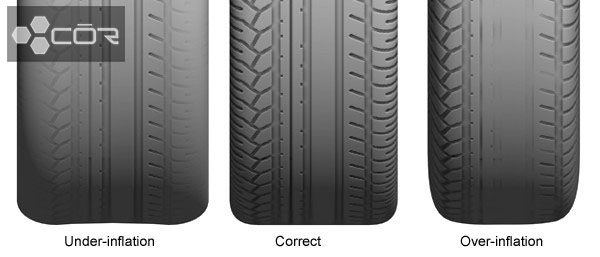
Loose Wheel Attachment: Bearings/lug nuts/balls joints coming loose is the shortest way to extensive shaking, as this leaves too much free play between the axle and the wheels.
Engine Problems
Though rarer than other common causes, a shudder or shake sometimes might emanate from your engine compartment, which does not receive proper airflow, spark, or fuel for a smooth run. Symptoms that indicate engine-related problems behind the shaking include:
- Jerking or shuddering during acceleration
- Staccato shaking (like you are on the rumble strip highway) within specific speed ranges
- The car starts fine but shakes later.
What Are The Symptoms of Misaligned Tires?
How can you detect the warning signs?
From my not-so-pleasant experience, here are some indicators you can look out for:
Drifting or Pulling
Does your vehicle pull or drift to the side like mine used to do? Then that’s a clear signal of misaligned wheels.
Back then, I was still unsure whether that was really the case, and this is the method I used to test: driving my car on flat road surfaces (remember: safe surroundings are the key, such as empty car parks) and releasing the steering wheels.
From here, expect two possible scenarios:
- Minimal drifting: sloped roads are the culprit (there might have been road maintenance going on – or the authorities have sloped it intentionally for drainage)
- Significant drifting: that’s clearly bad news. I had to take my car to specialists almost immediately.
Uneven Tire Wear
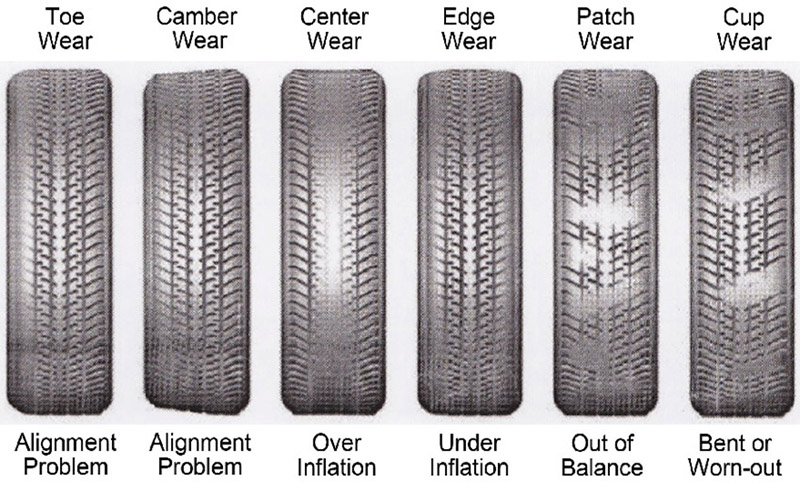
My all-time rule is to inspect every tire for uneven wear; there are no shortcuts about it. Always spend at least once per week confirming the tread wear is consistent all around, especially the tire’s outer and inner edges.
Squealing Tires
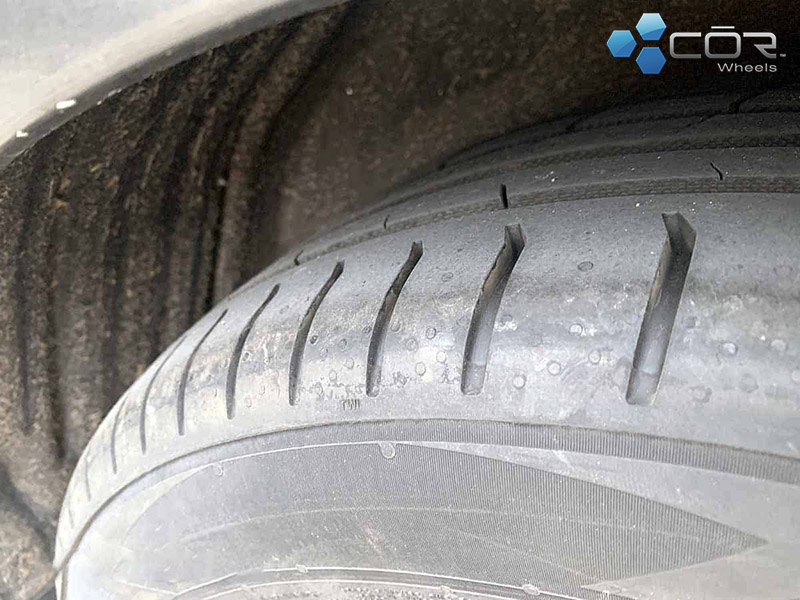
This symptom is tell-tale, but it’s what I hate the most. Why do misaligned tires have to generate those annoying, squealing sounds whenever I speed up??
Plus, these sounds indicate the tire issue has gone far worse than one could imagine. Even the brake pads might have been worn off at this point. Ignoring this issue will not be a smart move; trust me.
Shaking Steering Wheel
Steering wheel vibrations indicate misaligned wheels after a minor or huge collision (ex: hitting a pothole or a curb). Other hidden issues are also at play; my two cents are to get your car checked out soon.

Off-Center Steering
Has the wheel gone off-center (which feels like you are leaning heavily toward the ground)? If yes, misalignment is clearly at play – and from my experience, the issue tends to lie at front-end tires rather than all four wheels.
Again, trust certified mechanics to handle the problem. He will adjust the tie rods of your front tires to reduce steering pulling. After that, the wheels’ positions will be altered to align better with the two back tires.
Off-Tracking
As if off-centering wheels haven’t been terrible enough, I also had to suffer “dog-tracking” or “off-tracking” as well – as my car stubbornly stayed angled instead of going straight.
Not only did my fuel economy suffer, but I also almost crashed another vehicle. After all, the handling was significantly altered, affecting my vehicle control.
Loose Steering
Another horrible misalignment signal, you ask me? It’s loose steering. Let me explain it more clearly.
A normal, well-functioning steering wheel should feel relatively “firm” and responsive. That’s how I spotted issues with my car, as the wheel did not respond to my steering as fast as it should.
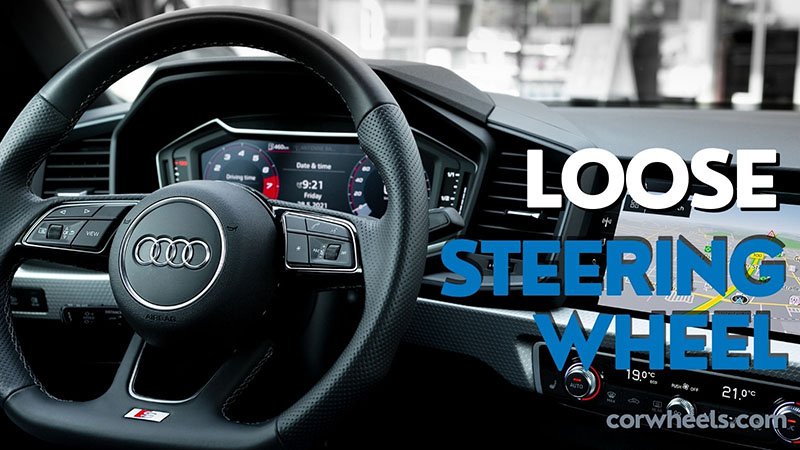
Camber
The term “Camber” points to the wheel’s angle when viewing the car at the front.
- Negative camber: the steering wheel leans into my car with the wheel’s bottom further away
- Positive camber: The wheel’s top part leans out
Any signal of positive or negative camber is a big No for your car.
Toe-Out and Toe-In
Toe-out and toe-in (called “tracking” by some professionals) are quite similar to camber issues – but this time, it happened to my rear wheel.
As a result, I had immense difficulties sustaining straightforward motion at proper angles to let the tires wear down more evenly. Even my highway speed could not live up to its usual standard.
Caster
I couldn’t skip Caster, either – which points to the pivot’s angle that connects the wheel from two lower and upper points.
Instead of being stacked vertically when observing from the vehicle’s side and straight-on – like most normal vehicles – my pivot leans back or forward instead.
Check whether your car enters the same issue – and do so as soon as possible if your car is a front-wheel model. Caster misalignment often causes costly damage in the suspension for these vehicle types.
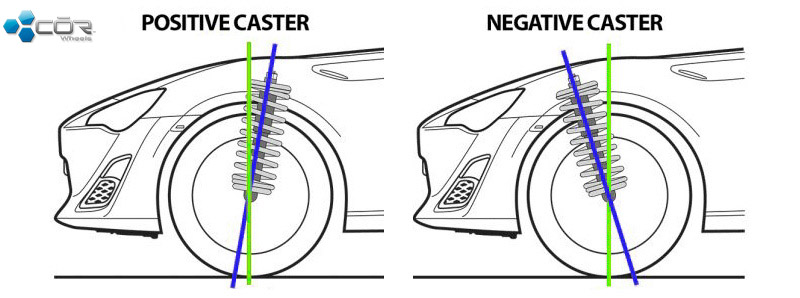
What Are Warped Rotors Symptoms?
The symptoms for warped rotors are more or less the same as misaligned tires – since the tires and rotors are closely connected.
Nevertheless, I have managed to single out a few signals exclusive only to misalignment and come up with this shorter, more concise list for rotor issues:
Brake Pedal Quivering
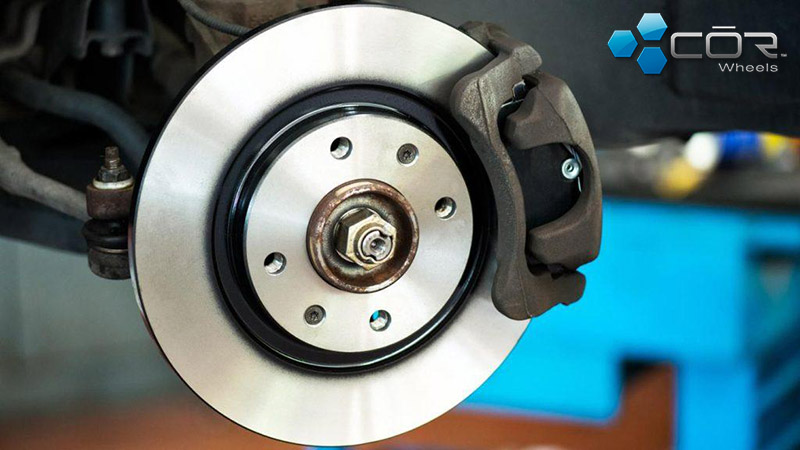
Of course, there are no signals as obvious as the brake shuddering.
I felt it the most clearly when applying slightly stronger pressure on them than average. Worse, sometimes, even light pedal pressure still brings about all the shaking. That’s why you should pay close attention to it, especially during hard deceleration from particularly high speeds.
Steering Wheel Shaking
Brake drums and brake rotors are connected to one spindle that sustains the wheels – which is why the vibration from the warped rotors will transmit across these calipers straight to my steering.
Brake Noise
In some cases, you might even spot noises from the rotors while braking. These sounds range from faint, low-pitched hums to rhythmic thumping.
How so? That’s because the rotors contact brake lines at irregular intervals – the direct result of your rotors having no flat surface.
Broken Brake Calipers
As the calipers squeezed my brake shoes, their malfunctions caused excessive force than necessary, stressing my overheated car system and causing an off-balance. No wonder the rotors look so horribly warped.
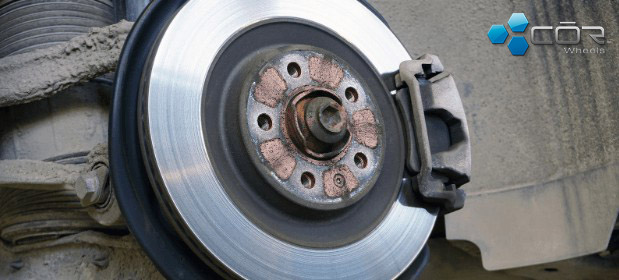
Faulty Wheel Bearing
Are your wheels not bent – but there are still wobbles? The culprit is probably a worn bearing with too much play, leading to uneven pad wear, premature tire wear, warped rotors, and other issues.
Leaving the wheel bearing on its own clearly won’t do; and sometimes, even fixing it will not work. Your best bet is to have it completely replaced.
The costs are not even that high; plus, you can enjoy better, more consistent car performance for at least a few more years.
How Much Does It Cost to Align Tires?
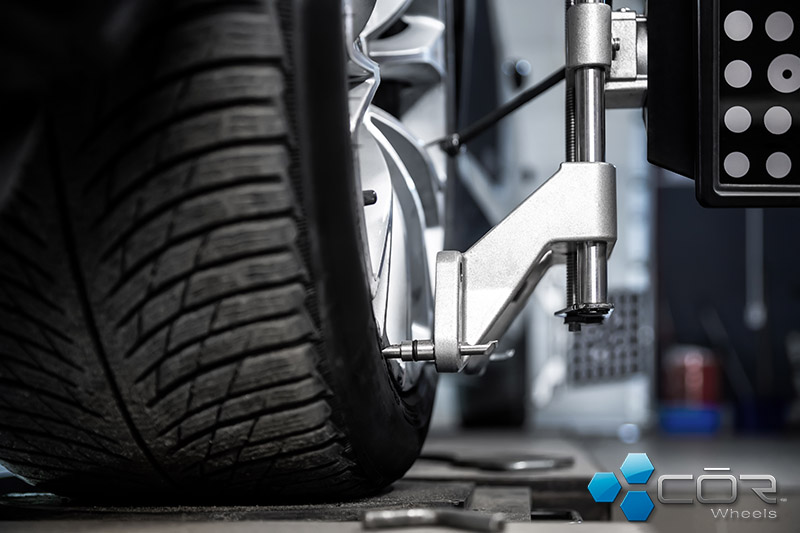
The average alignment service cost fluctuates from $50 to $168. However, like any car service, I have noted quite a variety of factors that may have a say in the price:
- Vehicle Type: Certain models (like 4WD) demand more complex techniques and specialized equipment due to their designs.
- Location: The area’s competition and living cost also influence the alignment price.
- Demographics: A few higher-end providers offer premium selections for luxurious customers (and, of course, at a much higher price), while other middle-range brands strive to deliver more friendly services.
- Extra Services: I rarely drop by an auto repair shop just to align my wheels. Most of the time, I also require other upkeep, such as suspension component repairs, tire balance, and tire rotations.
How Much Does It Cost to Fix Warped Rotors?
It costs about $10 if the warp is minor; however, I rarely see something called a “minor” warp; in most cases, drivers have to replace them completely at $15 to $2000 – depending on the car model.
Also, do not forget that there is still extra labor work (in my case, they had to remove my old motors and re-install new ones), whose price will be added to the total number, too.
How to Prevent The Issues In The Future?
How to keep poor wheel alignment and warped rotor symptoms off your car forever? Here are some tricks I do on my car:
- Regular and Proper Maintenance: I have never dared skip my maintenance day ever seen. Whenever possible (usually every 2-3 months), I bring my car to reputable repair shops for inspections, ensuring every component is in great shape.
- Being Careful On The Road: Curbs and potholes are the gods of death; I always strive to avoid them on the road.
And what if you cannot avoid them? Then slow down to reduce the impact. I have never been a fan of aggressive driving anyways, ’caused it is the most popular offender of suspension issues.
Also, tread carefully with your acceleration and braking: do not do it too hastily, and remember to keep your eye on rough corners or blind spots.
Conclusion
Can alignment cause vibration? Can warped rotors/ bad brakes make car shake? I hope you feel great about all of my answers. If troubles still linger, remember I’m always here for an appointment request.

